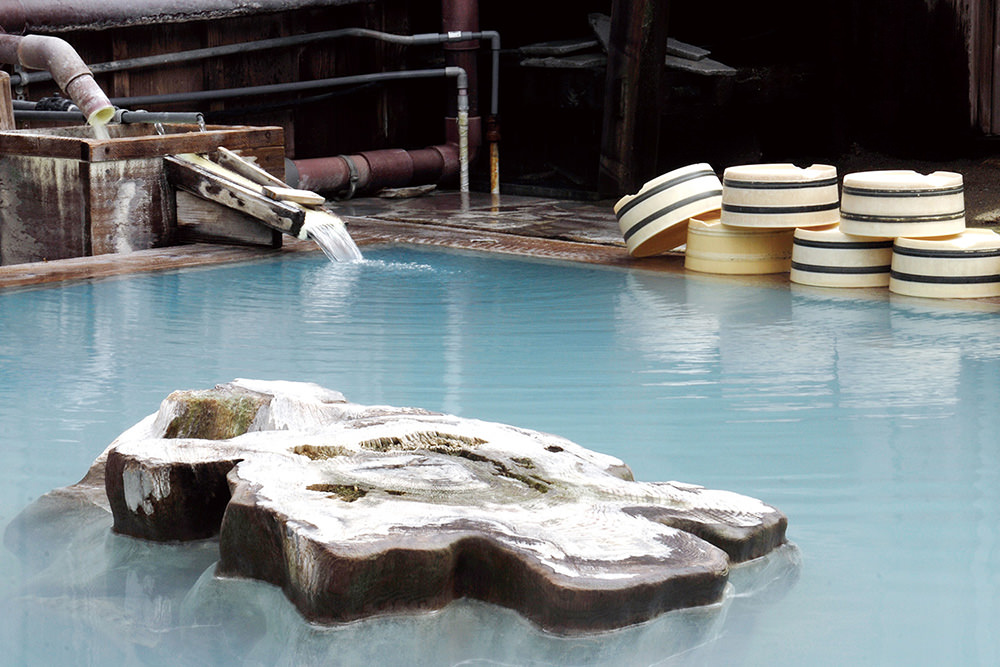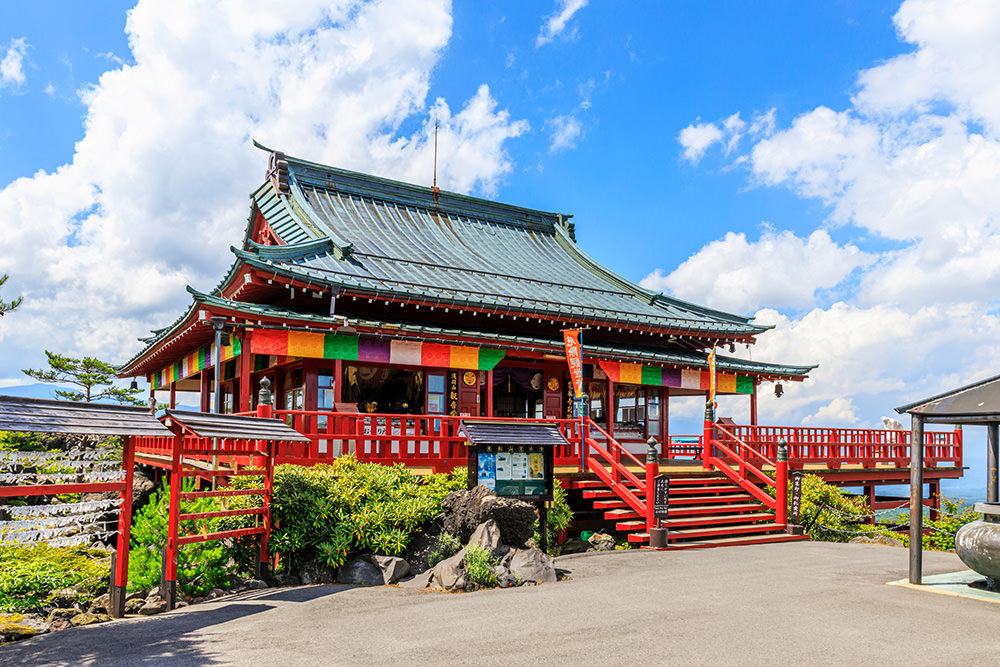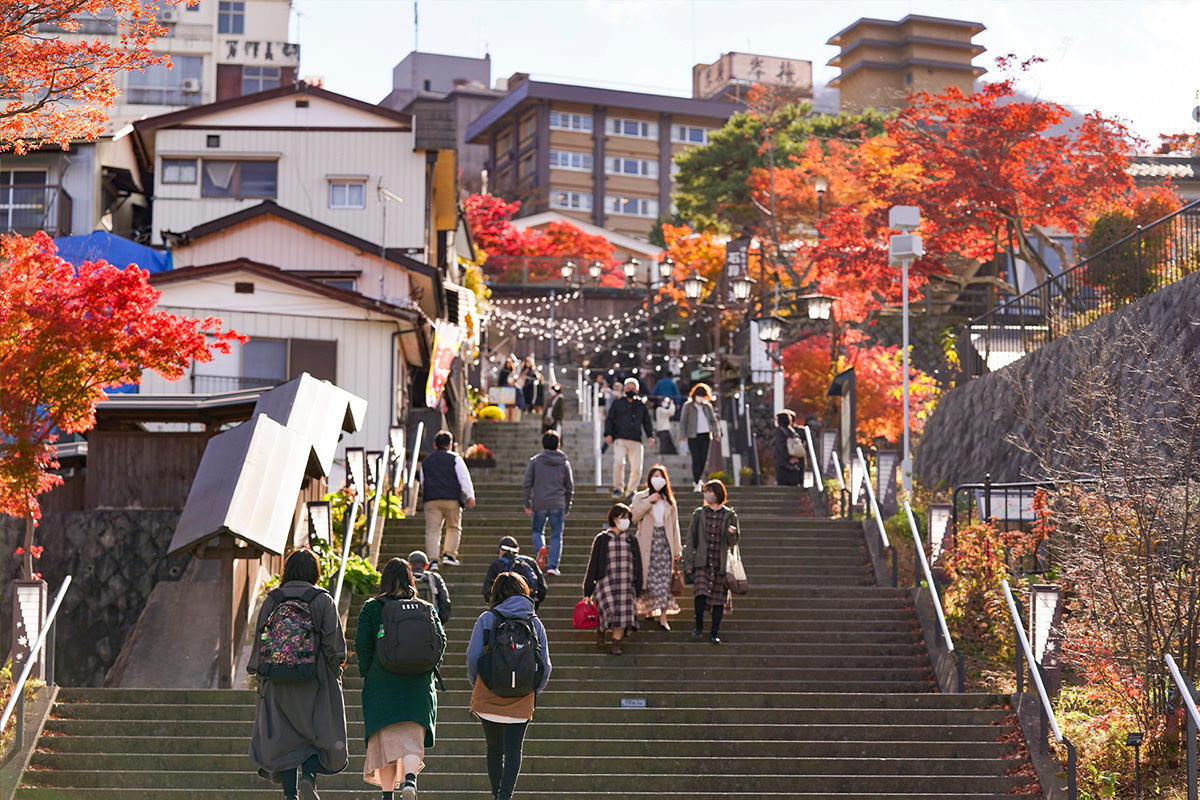STORY
Exploring Gunma's Volcanic Environments
Discover onsen and landscapes shaped by millions of years of volcanic activity

Last updated: August 22, 2024
Volcanic activity has molded Gunma, creating abundant hot springs, mountainous landscapes, and otherworldly rock formations. The prefecture’s location at a tectonic boundary makes the region extraordinarily volcanically active. Mt. Kusatsu-Shirane (2,160 m), the source of Kusatsu Onsen and Manza Onsen, is a stratovolcano that is part of the Nasu volcanic belt. This belt formed when an oceanic plate slid beneath a continental plate, creating a chain of volcanoes, clusters of hot springs, and some of Japan’s most beautiful environments.























